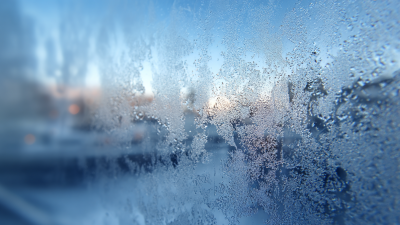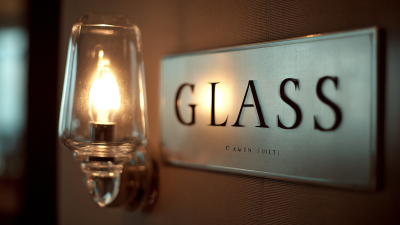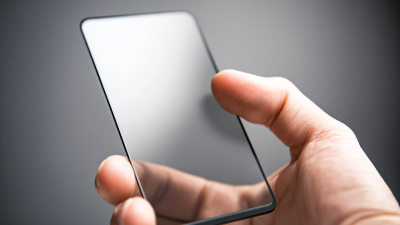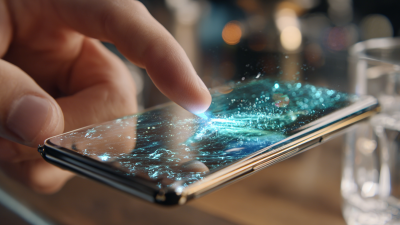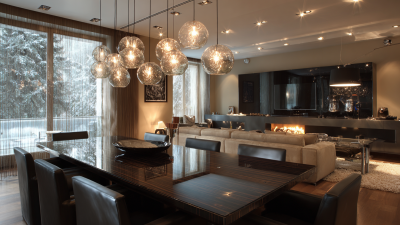
When embarking on a home project, one often overlooks the transformative power of materials like Frosted Glass. According to a recent market report by Grand View Research, the global architectural glass market is expected to reach USD 261.74 billion by 2025, driven in part by the popularity of unique materials that enhance both aesthetics and functionality. Frosted Glass not only provides privacy while allowing natural light to filter through but also adds a modern elegance that appeals to today’s homeowners. As more people seek to create serene and stylish spaces, understanding how to choose the right Frosted Glass for your project becomes crucial. Whether it's for partitions, shower doors, or decorative elements, the right selection can significantly elevate your home’s design. In this blog, we will explore key considerations to help you make an informed decision on your next Frosted Glass application.
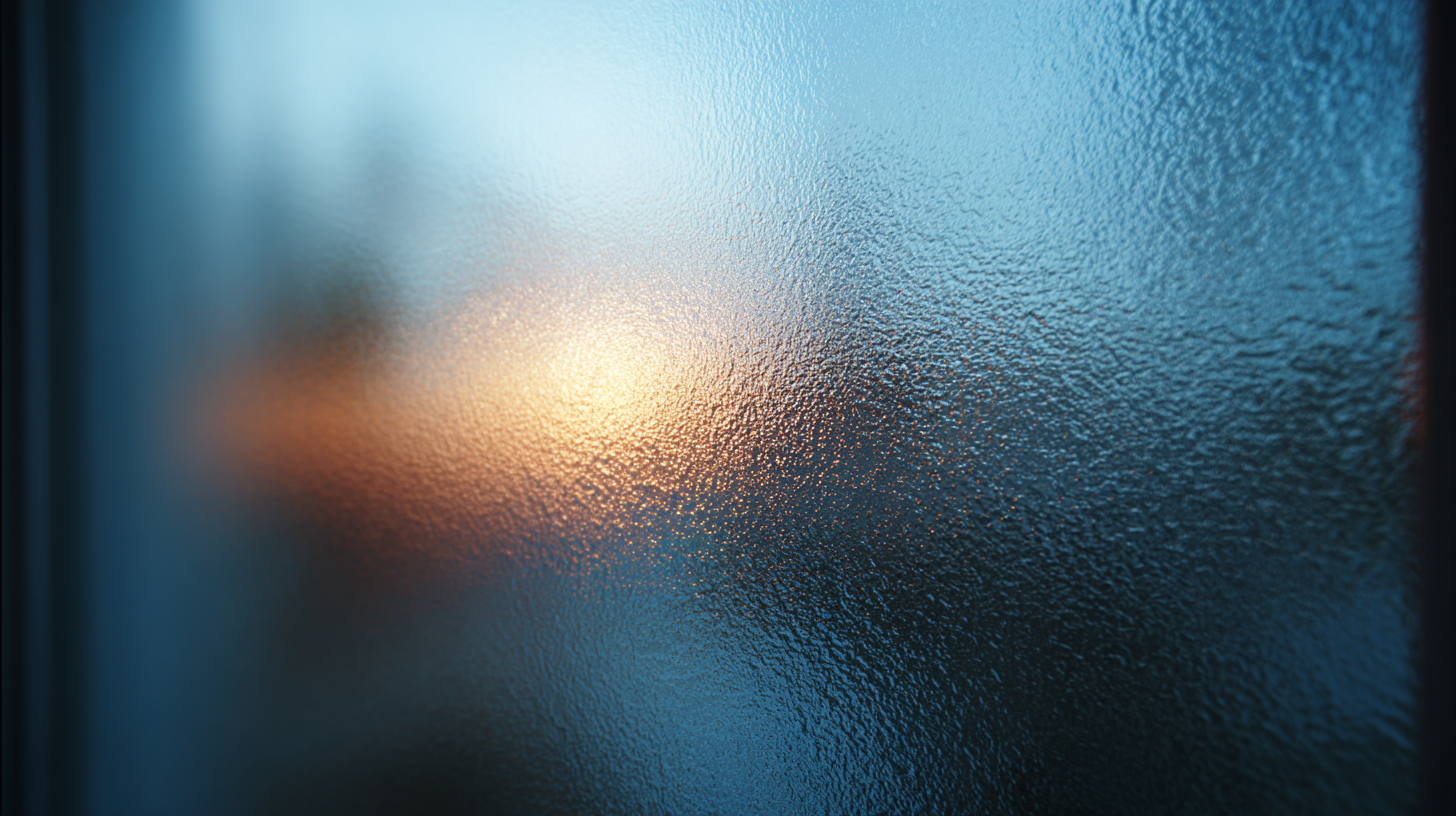
Frosted glass is increasingly becoming a popular choice for various home projects due to its blend of aesthetic appeal and functional benefits. Understanding the different types of frosted glass can significantly influence your selection process. The most common types include etched, sandblasted, and frosted film. Etched glass, created through a chemical or sandblasting process, offers a permanent and often more luxurious look. Sandblasted glass is noted for its subtle texture and is commonly used in contemporary designs. Meanwhile, frosted film, a more cost-effective option, can be applied over clear glass to achieve a similar look without the permanence.
Applications for frosted glass are diverse, covering everything from bathroom privacy to stylish room dividers. For instance, consumer statistics reveal that over 60% of homeowners opt for frosted glass in bathroom renovations for its ability to diffuse light while maintaining privacy. Additionally, its use in room partitions has surged, as open-plan living spaces remain popular, providing a stylish solution that does not sacrifice light. Beyond aesthetics, frosted glass contributes to energy efficiency by reducing glare while still allowing natural light to permeate the space, making it a smart choice for any home project.
This chart illustrates the various types of frosted glass and their common applications in home improvement projects.
When it comes to selecting frosted glass for your home project, understanding the impact of thickness on durability is essential. Research from the Glass Association indicates that thicker frosted glass offers significantly higher resistance to breakage, making it a safer and long-lasting choice. For instance, glass that is 10mm thick can withstand up to 25% more impact force compared to its 6mm counterpart. This not only ensures longevity but also enhances safety, especially in high-traffic areas or where the glass is exposed to potential stress.
Furthermore, the thermal performance of frosted glass is often linked to its thickness. According to a study by the National Glass Association, thicker glass can provide better insulation, reducing energy costs by approximately 10-15% when used in windows or doors. This energy efficiency is particularly important in climates with extreme temperatures, where maintaining indoor comfort is a priority. Choosing the right thickness allows homeowners to enjoy both aesthetic appeal and functional benefits, making thick frosted glass a wise investment for any renovation project.
When selecting frosted glass for your home design, it's essential to consider the aesthetic options available, particularly in terms of texture and patterns. The surface of frosted glass can significantly impact the overall ambiance of a space. Choices range from smooth and subtle to textured and bold. Textured frosted glass can add a sense of depth and visual interest, making it an excellent option for areas where you want to create a more dynamic look.
Tips: To enhance a minimalist design, consider using smooth frosted glass, as it provides a clean and sleek appearance. For a more traditional or rustic vibe, opt for patterns such as rain, wave, or geometric designs. These textures can not only provide privacy but also serve as a decorative element that complements your interior style.
Additionally, the choice of patterns can affect the distribution of light in your space. Delicate patterns tend to diffuse light softly, creating a warm atmosphere, while bolder lines can add a striking focal point. Tips: When choosing patterns, think about the room's purpose—soft, flowing designs work well in living spaces, while sharper geometric patterns may be better suited for modern kitchens or offices. Make sure to visualize how these options will interact with your existing décor to find the perfect frosted glass solution for your home project.
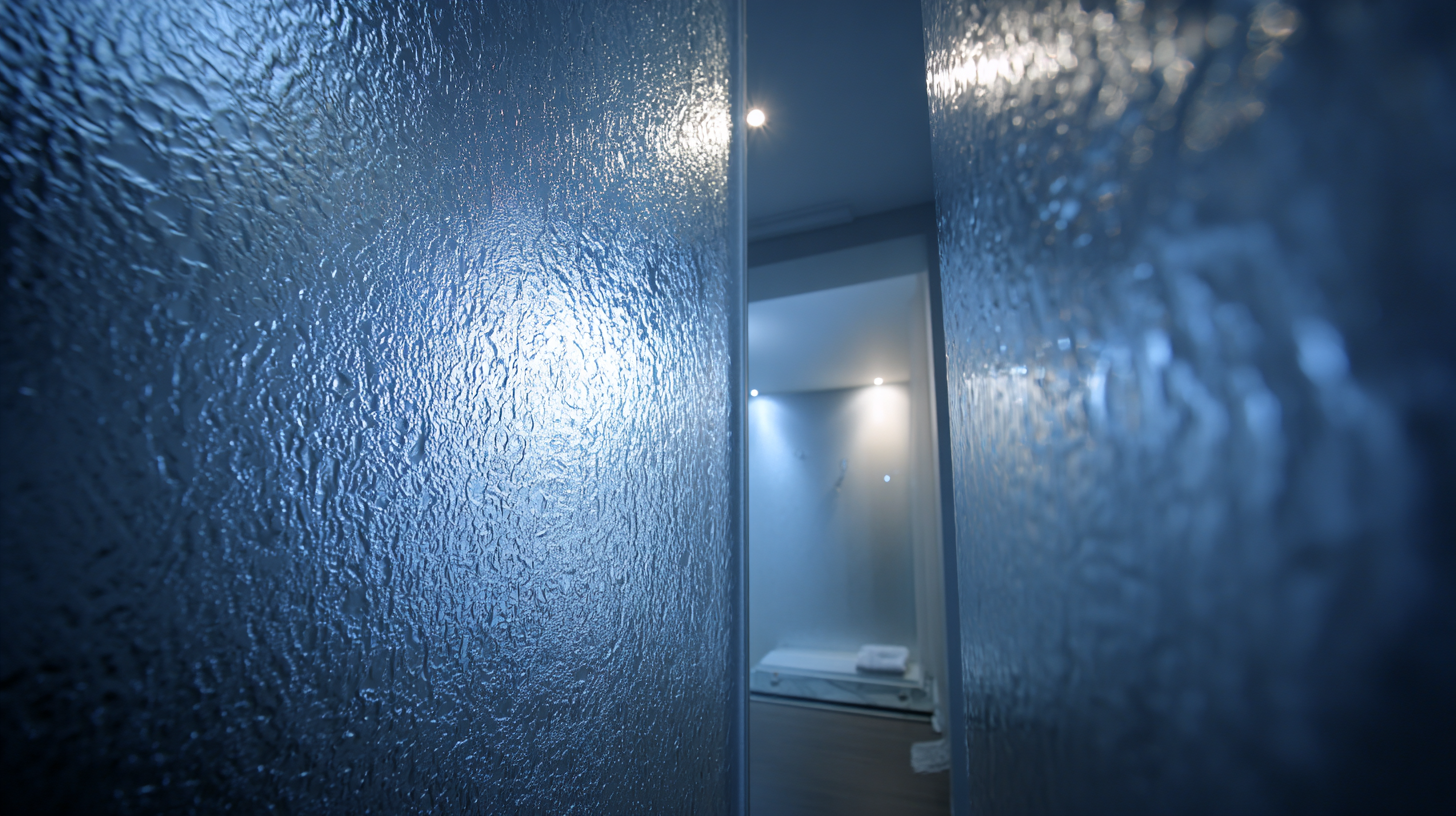
When considering frosted glass for your home project, energy efficiency is a critical factor to weigh. Frosted glass can provide a significant level of insulation, which helps in maintaining a stable indoor temperature throughout the year. By reducing the amount of direct sunlight entering a space, frosted glass minimizes heat buildup during the summer months and retains warmth during winter, ultimately impacting your energy bills and comfort level.
Tips for selecting the right type of frosted glass include looking for options with low-emissivity (Low-E) coatings. These coatings enhance the insulation properties of the glass, reflecting heat back into your home during cold months while keeping it out during warmer ones. Additionally, consider the thickness of the frosted glass; thicker panels typically offer better insulation and resistance to temperature fluctuations.
Another important aspect to remember is the framing around your frosted glass. Ensure that the frames are also energy-efficient, as gaps or poor insulation in the framing can negate the benefits of the glass itself. A well-sealed setup will maximize the insulating effects of your frosted glass, making your home more energy-efficient while also providing the desired aesthetic.
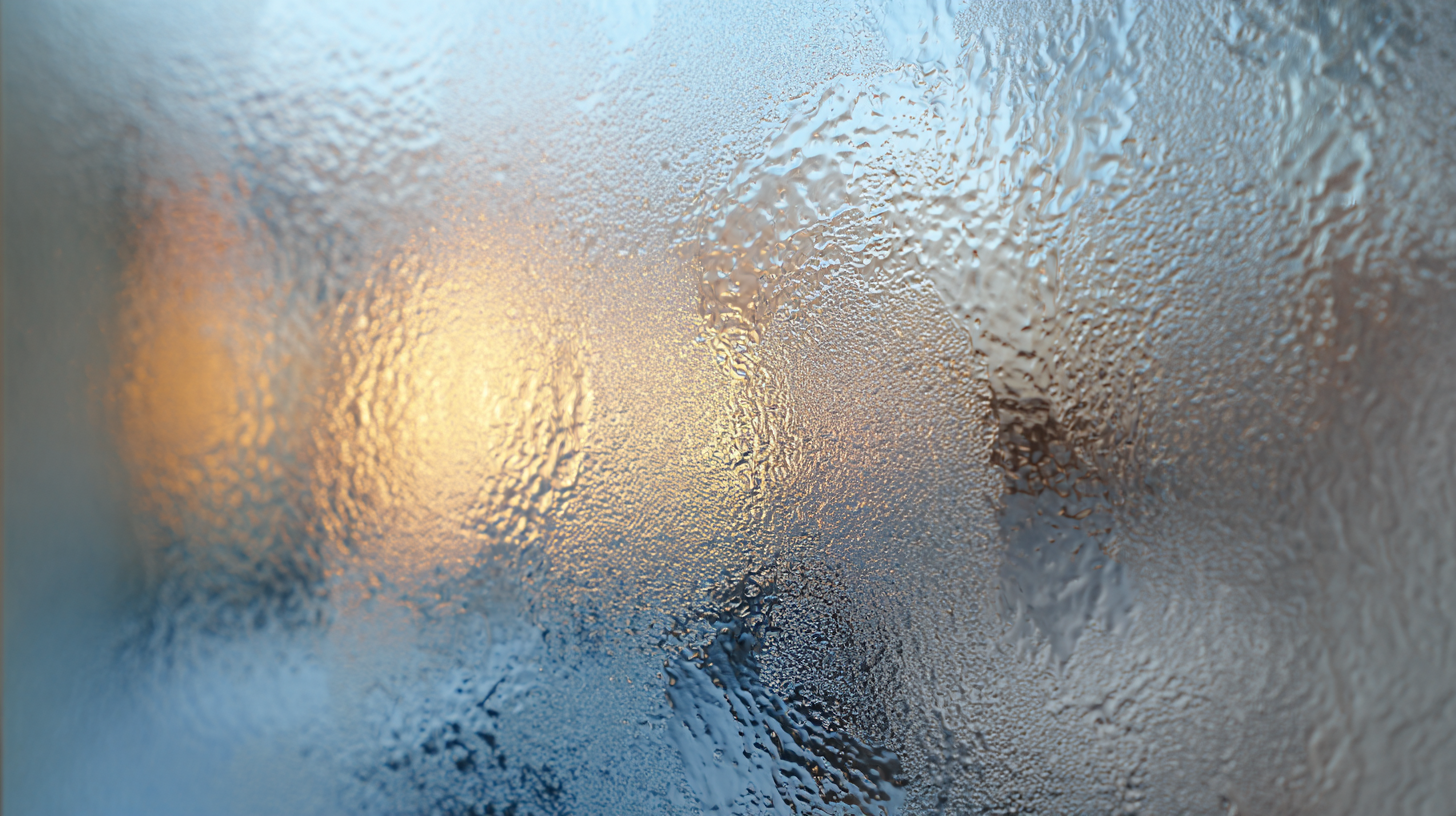
When selecting frosted glass for your home project, budgeting wisely is crucial. According to a report by Grand View Research, the global frosted glass market was valued at approximately $3.1 billion in 2022 and is projected to grow at a compound annual growth rate (CAGR) of 6.2% from 2023 to 2030. This growth suggests that as demand increases, the cost factors associated with quality frosted glass products may also fluctuate, emphasizing the importance of understanding your budget constraints before making a decision.
Key cost factors include the type of frosted glass you choose—whether it's sandblasted, acid-etched, or digitally printed. Each variant comes with different production costs and finishes, potentially impacting your overall budget. For instance, custom designs may incur higher costs, with estimates showing that acid-etched glass can range from $25 to $75 per square foot, compared to about $10 to $30 for standard sandblasted options. Additionally, installation expenses, which can account for 15-20% of your total expenditure, should not be overlooked. Planning ahead and considering these financial aspects will help ensure you choose the perfect frosted glass while staying within your budget.
